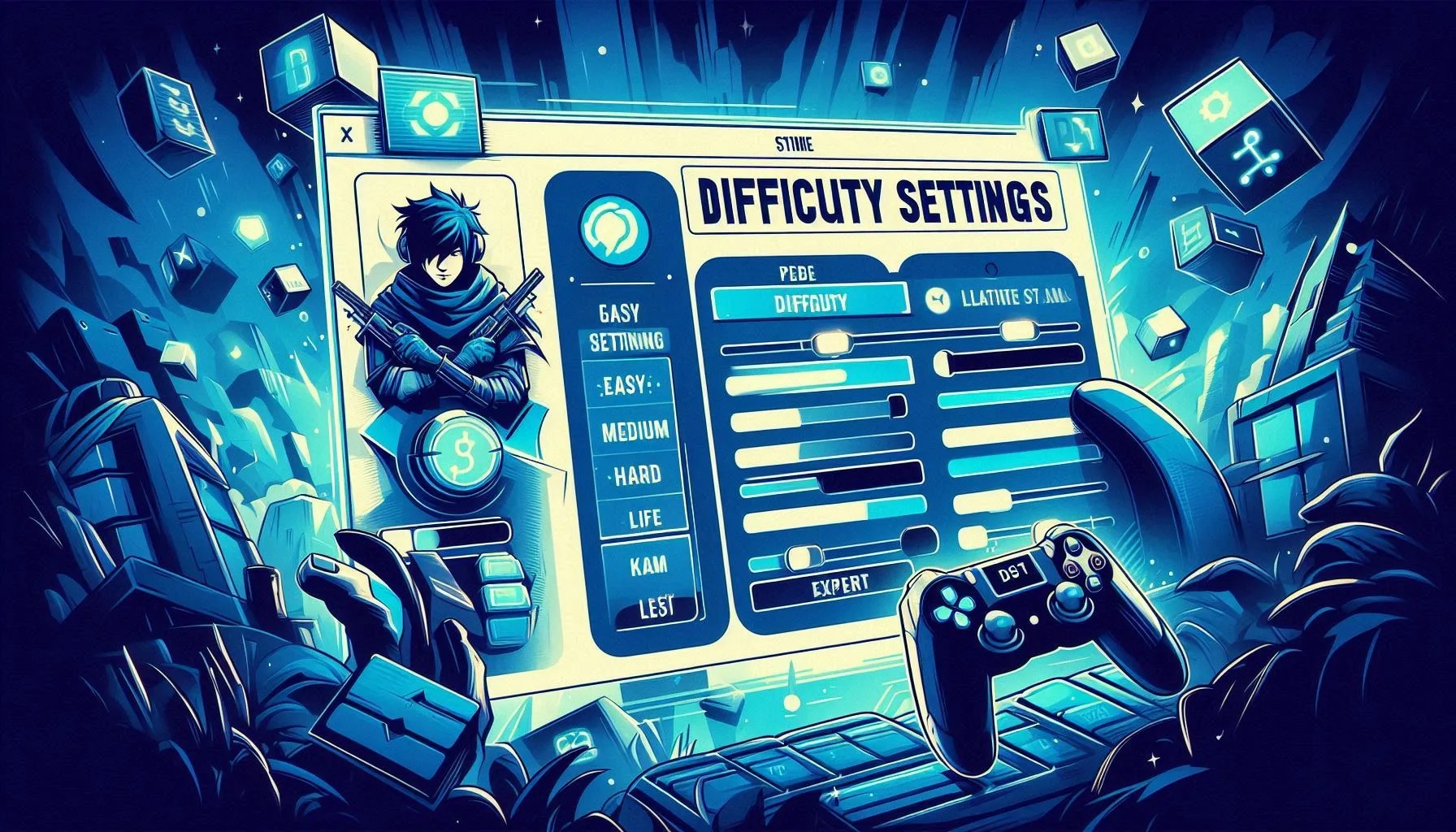Introduction
Video games are designed to challenge players, but sometimes those challenges can become overwhelming. For many gamers, the solution lies in adjusting the game’s difficulty settings. In this blog, we’ll explore how manipulating game AI difficulty settings can make games easier, providing tips and strategies for gamers seeking a more relaxed experience.
Understanding Difficulty Settings
Most games come with multiple difficulty levels, such as Easy, Normal, Hard, and Expert. Each level adjusts various aspects of the game, including:
- Enemy Strength: Higher difficulty levels usually mean enemies are tougher, with more health and damage output.
- Resource Availability: Easier settings might offer more in-game resources like health packs or ammunition.
- AI Behavior: On harder difficulties, enemy AI often becomes more aggressive and strategic.
Why Adjust Difficulty Settings?
Adjusting difficulty settings can enhance the gaming experience for several reasons:
- Overcoming Frustration: If a game becomes too challenging, adjusting the difficulty can help players progress without losing interest.
- Enjoying the Story: Some players are more interested in a game’s narrative and may want to experience it without the stress of tough battles.
- Accessibility: Games with adjustable difficulty settings can be more accessible to players with different skill levels or disabilities.
Techniques for Manipulating Difficulty Settings
- In-Game Menus: Most games offer difficulty settings through their main menu or pause menu. You can usually find options to change the difficulty level easily.
Example: In The Elder Scrolls V: Skyrim, players can switch between various difficulty levels from the game’s settings menu, adjusting enemy damage and health. - Custom Settings: Some games allow players to fine-tune difficulty settings beyond predefined levels. This could include adjusting enemy health, damage, or even game speed.
Example: In Halo: Master Chief Collection, players can customize difficulty settings for both enemies and allies, tailoring the experience to their liking. - Modding: For PC games, mods can offer additional ways to adjust difficulty settings. Mods can range from simple tweaks to more complex changes, like altering enemy AI or resource distribution.
Example: The Skyrim modding community has created mods that adjust difficulty and game balance in unique ways, providing new challenges or making the game easier. - Cheat Codes and Console Commands: Many games include cheat codes or console commands that can alter difficulty settings. This method is typically used for a quick and easy adjustment.
Example: In The Sims series, players can use cheats to adjust game mechanics and make their virtual life easier.
Potential Pitfalls
While adjusting difficulty settings can enhance the gaming experience, it’s important to be aware of potential drawbacks:
- Loss of Challenge: Lowering the difficulty might reduce the sense of accomplishment from overcoming tough challenges.
- Gameplay Balance: Some games might become too easy, affecting the overall balance and enjoyment of the game.
Conclusion
Manipulating game AI difficulty settings is a valuable tool for players seeking a more enjoyable and manageable gaming experience. Whether through in-game options, mods, or cheats, adjusting difficulty can help players find the right balance between challenge and enjoyment. As gaming continues to evolve, these settings will remain a crucial aspect of customizing gameplay to fit individual preferences.

